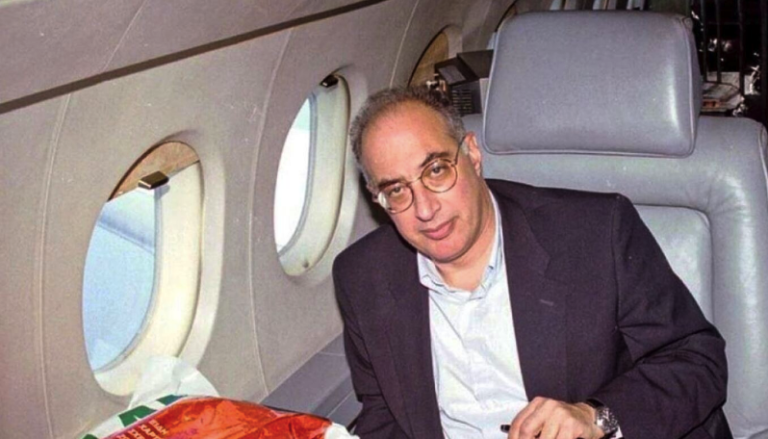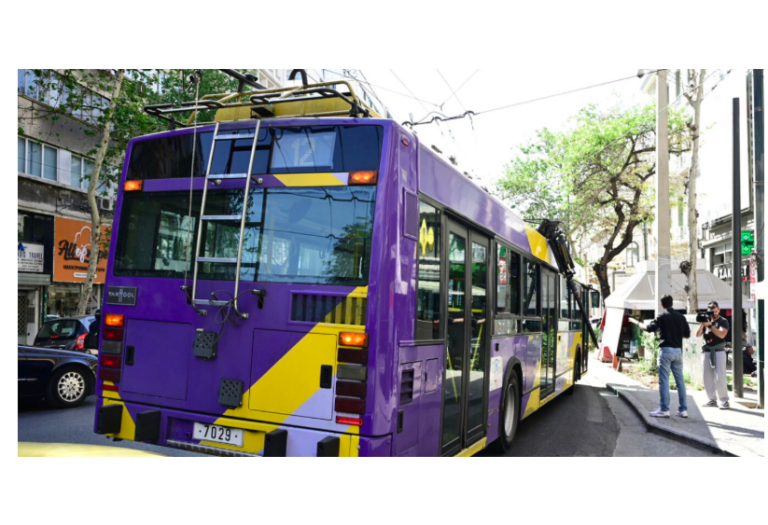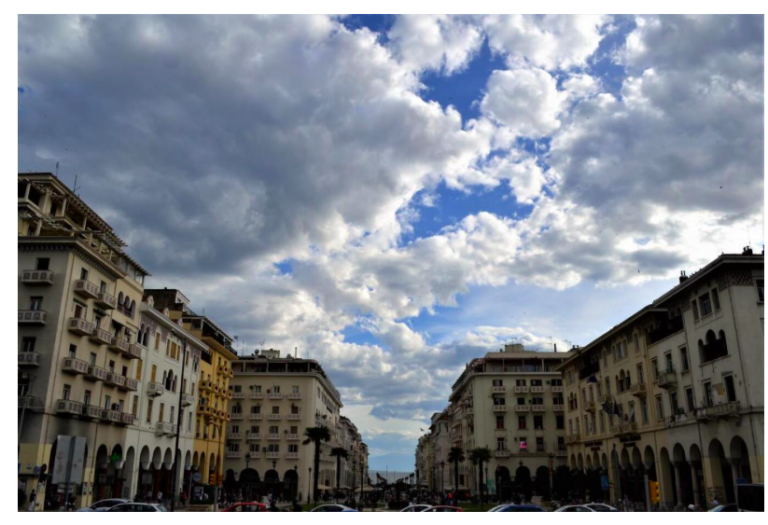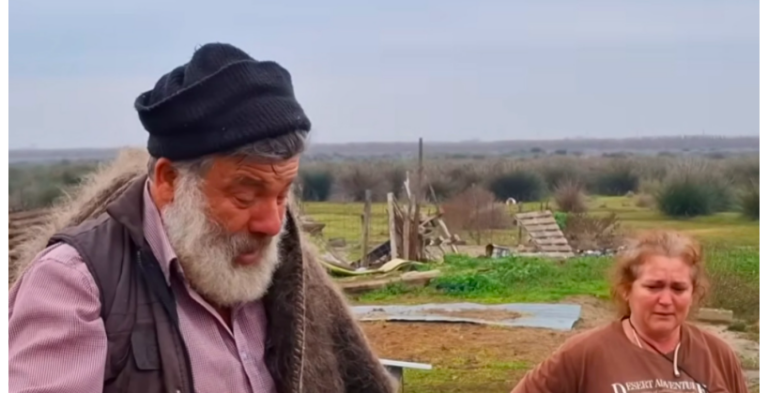The tragic crash of Singapore Airlines flight SQ321, on the London-Singapore route, which crashed in turbulence, killing one person and injuring dozens, brought to mind a similar aviation tragedy, some 25 years ago, involving the Greek Prime Minister’s Falcon aircraft in Bucharest, where seven people died.
Specifically: Τhe then Deputy Foreign Minister Yannos Kranidiotis, his son Nikolaos, the engineer of the aircraft Michalis Papadopoulos, the Lieutenant Nikos Asimakopoulos who served in the Minister’s guard, the journalists Nina Asimakopoulou and Dimitris Pantazopoulos and the cameraman Panagiotis Poulos, while six others were injured.
23 years since the Falcon tragedy

Who was on board the fatal aircraft
On 7 September 1999, Athens was hit by Enceladus. The 5.9 magnitude earthquake, centred on Parnitha, caused the death of 143 people and damages of 3 billion euros. A few days later another tragedy struck our country. On a routine trip to Bucharest in the Prime Minister’s Falcon, seven people lost their lives, including the then Deputy Foreign Minister, Yannos Kranidiotis, a Cypriot by birth, a truly great politician and an excellent character.
On the afternoon of 14 September 1999, at around 6 p.m., the Prime Minister’s Falcon aircraft was preparing to depart. The then Deputy Foreign Minister, Yannos Kranidiotis, and his entourage boarded the plane for Bucharest, where an inter-Balkan conference was to be held. The aircraft departed from Elliniko airport, as the “Eleftherios Venizelos” airport began operations: in 2001.

On board the plane were: Giannos Kranidiotis (born in Nicosia in 1947), 23-year-old Nikos Kranidiotis, the Minister’s son, who was soon to leave for London for postgraduate studies, and Grigoris Papadopoulos, director of the Minister’s Diplomatic Office, Maria Gargani – Beglitis, advisor to the Minister, 35-year-old Nikos Asimakopoulos, a Lieutenant serving in the High Commissioner’s Office, married and father of two children aged 9 and 12, the journalists Alphonsos Vitalis (of “Vradini” at the time), the 43-year-old journalist of ERT and the newspaper “Niki” Dimitris Pantazopoulos, the 35-year-old journalist of the National Public Radio Nina Asimakopoulou, originally from Atalanti, Falcon captain Yannis Androulakis, co-pilot Grigoris Sinecoglou, aircraft engineer Michalis Papadopoulos, flight attendant Anna Velissariou and ERT cameraman Panagiotis Poulos.
The fatal flight
At 18.16 the Falcon took off from Elliniko for flight OA – 3838 to Bucharest’s Otopeni airport. The weather throughout the flight was good, there was not even a cloudy sky.
At 19.03 while the aircraft was flying in Sofia FIR it started the descent on autopilot in Vertical Speed (VS) mode with a constant rate of descent of 2,200 ft/min (feet/min). When the aircraft crossed into Bucharest FIR, and while flying at an altitude of 15,500 ft, the commander requested and received permission from the control tower to descend to 5,000 ft. The descent continued normally. The speed at this point was 750 kilometres per hour.
Then the tragedy began. The aircraft went into intense continuous doldrums. According to what we found on the internet, delphasing is a phenomenon in which the aircraft is not controlled by the controls. In fact, according to retired Vice Admiral George Geroulis: “If the pilot is a little nervous or they run into some exhaust fumes from another aircraft, they can’t control it afterwards. The reaction in such a situation is to let your hands feet out, whether you’re high or low, and keep a firm grip on the controls.”
Panic reigned in Falcon. Those not wearing seat belts in their seats hit the walls of the sinking aircraft several times with disastrous consequences. Several people suffered severe head injuries, bleeding, chest and other body injuries. In communication with the control tower, the captain requested priority landing and ambulances because, he said, there were many injured.
Of course, permission was granted. Captain Androulakis managed to land the Falcon safely at Bucharest’s Otopeni airport. The Falcon was then directed to the airport’s scheduled VIP aircraft parking area.
With the help of the rescue team and after several attempts, the door of the aircraft cabin was opened and the release of the passengers from the obstacles of the damaged equipment of the passenger cabin was carried out.
The first to enter the cabin saw unbelievable images of horror. Human bodies drowned in blood, objects piled up and destroyed. The entire interior of the aircraft looked like it had been bombed, even the roof was cracked.
The director of Balkan Affairs, Michael Spinelis, who was one of the first to enter Falcon, was stunned. Our diplomats in Bucharest believed that some of the Falcon’s occupants had suffered from food poisoning.
Unfortunately, the following were recovered dead from the Falcon: Yannos Kranidiotis, his son Nikolas, Dimitris Pantazopoulos, Nina Asimakopoulou, police officer Nikos Asimakopoulos and engineer Michalis Papadopoulos.
Panagiotis Poulos, who was taken to Greece, later succumbed to his injuries. Diplomat Grigoris Papadopoulos was seriously injured. More minor injuries to the head and other parts of her body were sustained by Maria Gargani-Beglitis who suffered a fractured arm and much lighter injuries to the others.
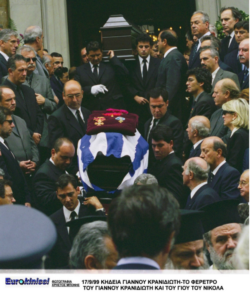
The three “lucky” ones of the tragedy – The games of fate
There are three people who by a series of coincidences did not go to Bucharest and were replaced. The cameraman Spyros Fren who was going to Bucharest found out that his passport had expired that day and he could not travel.
In his place went Panagiotis Pulos who lost his life…
The photojournalist Christos Bonis always accompanied Yannos Kranidiotis, but he was about to get married in a few days. Yannos Kranidiotis told him not to go to Bucharest to prepare for his wedding: “I’ll come to your wedding too, we’ll dance, we’ll have fun, you’ll come with me on the next trip to Bratislava”.
Bonis did not go to the fatal trip. As he told Panos Sobolos, the same aircraft had experienced a similar problem when he and Yannos Kranidiotis were flying to Kenya. Over Ethiopia they were caught in a storm. The plane began to move uncontrollably. There was panic, but the captain managed to bring it back to normal.
The third lucky one was the journalist Nikos Meletis, who worked for ERT and Ethnos. As his leave had been approved, he asked the then news director Lili Alexaki for someone else to replace him. The excellent and always willing Dimitris Pantazopoulos accompanied Yannos Kranidiotis but unfortunately this was the last trip for both of them.
Source: Panos Sobolos, “THE TRAGIC EVENTS OF THE LAST THREE HUNDRED AND THREE HUNDRED PENTAGIES as I lived them”, PATAKI Publications, 2015
Ask me anything
Explore related questions
